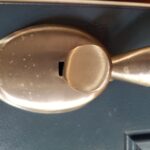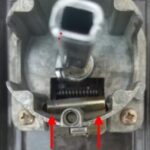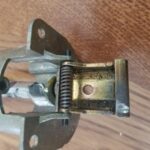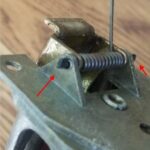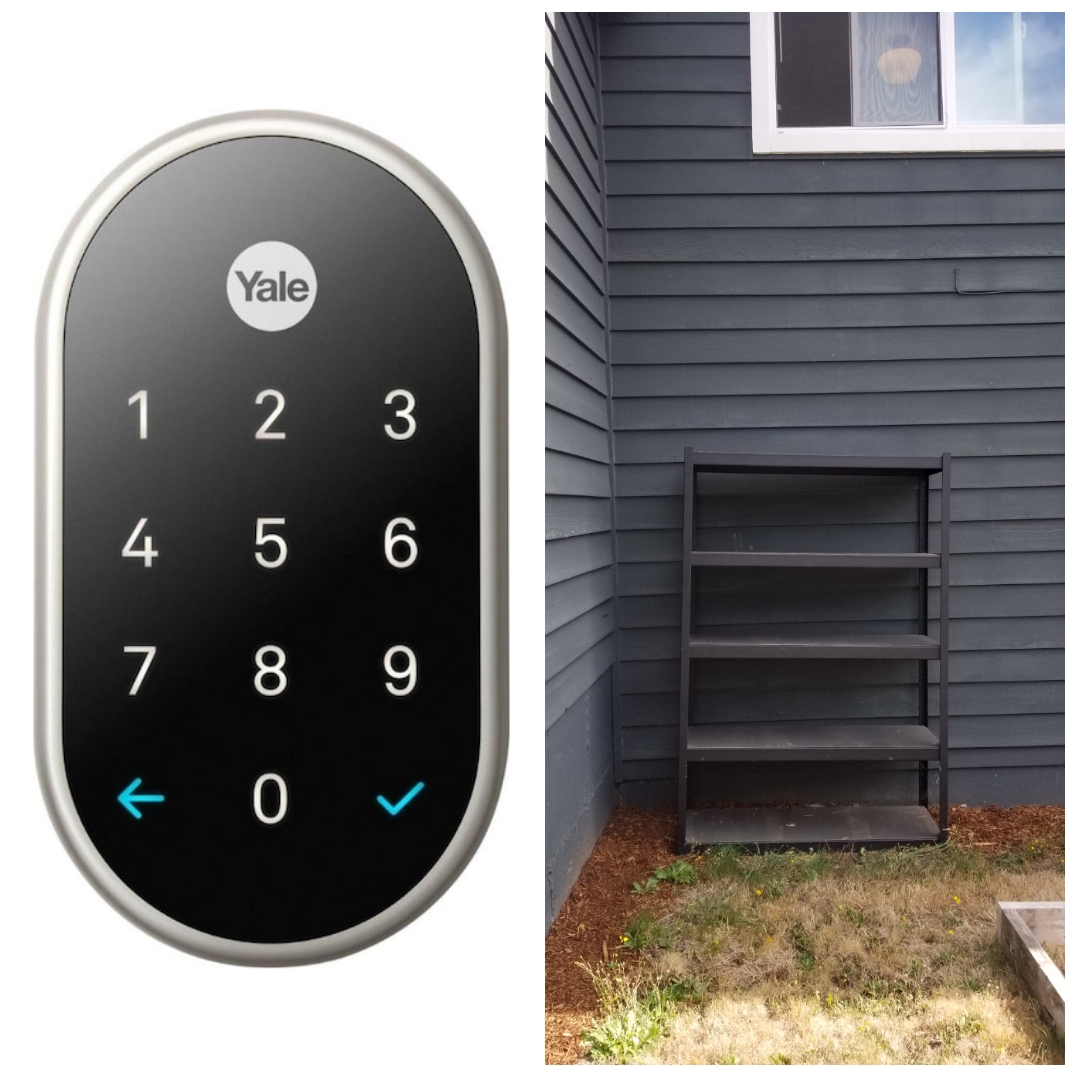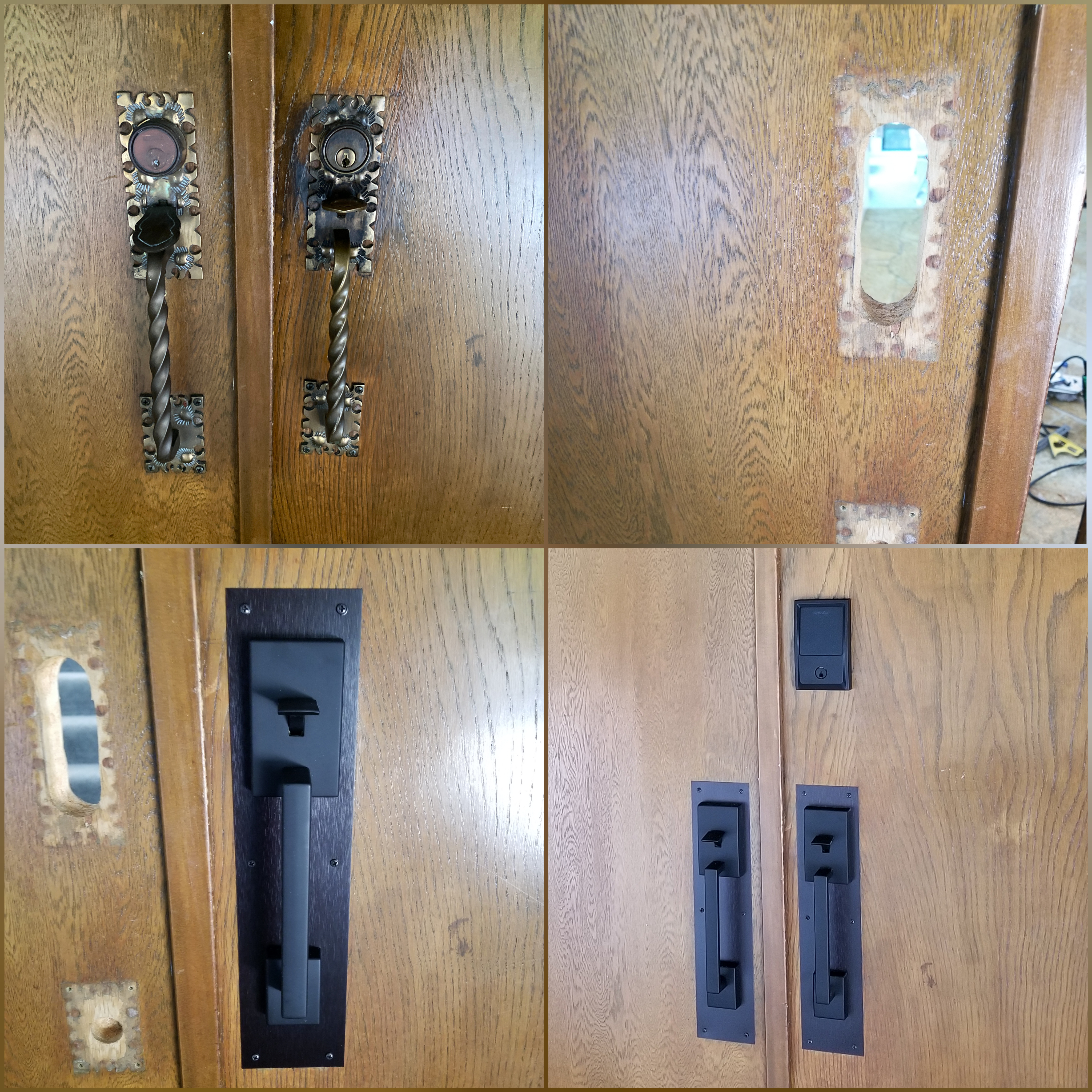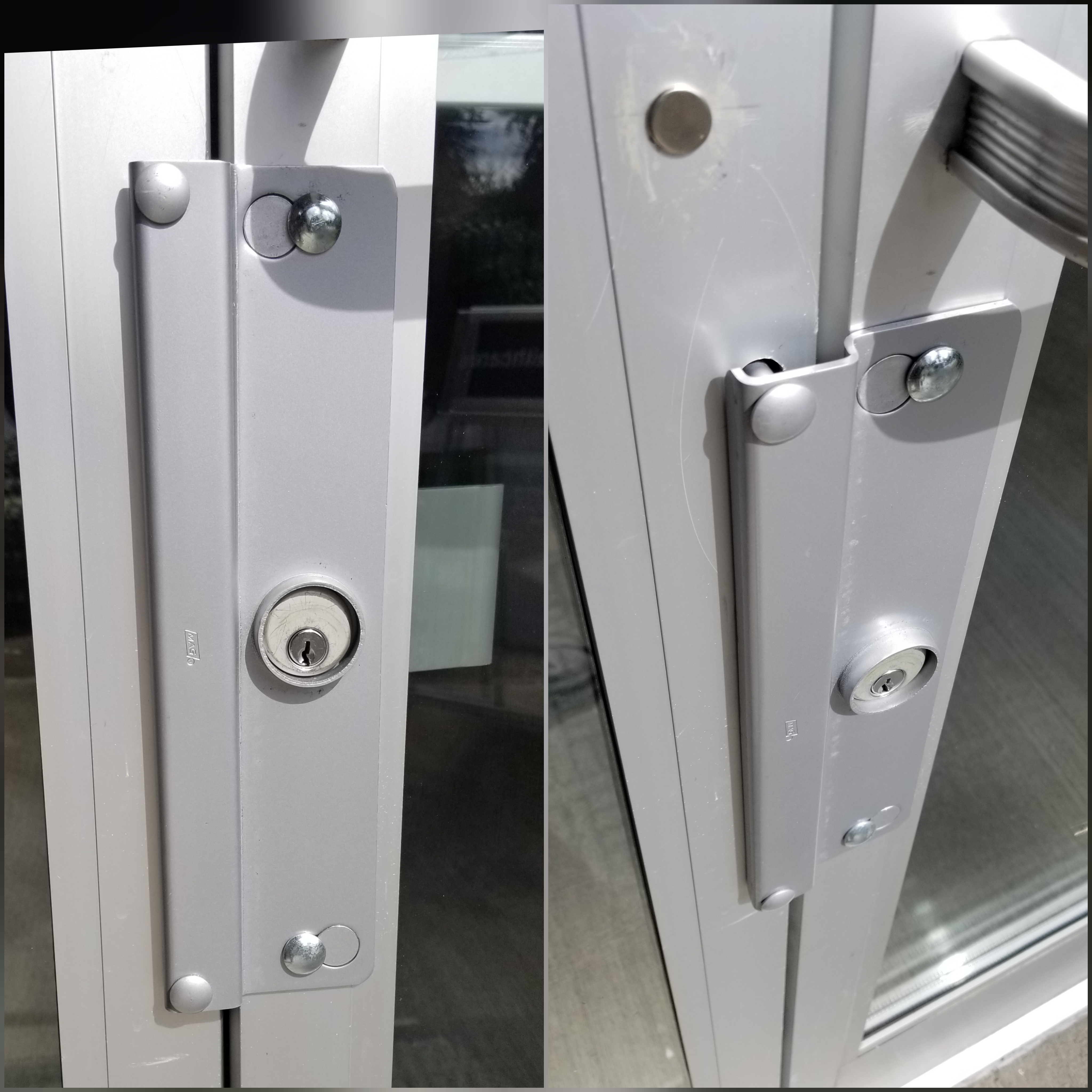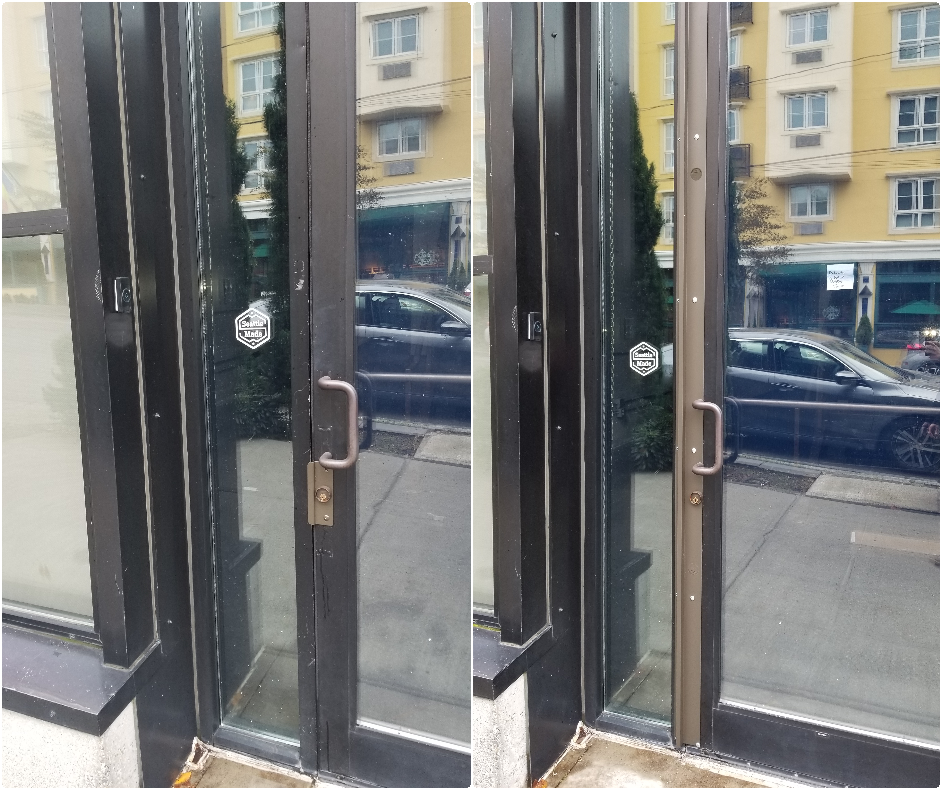One of the blessings that comes of having these confounded devices on our persons at all times is that it’s really easy to take and share photos. This is so handy when it comes to getting work done at your home or office. It used to be necessary for a specialty contractor to show up to a job almost completely blind. He’d hope to have what he needed to complete the project, but lots of times he wouldn’t, and it would result in a return trip. Sometimes the first trip would be presented as a free estimate. But let’s be real; one way or another, the cost of those visits would be worked into the price and passed onto you, the customer.
Now that it’s so easy to provide photos ahead of a job that needs doing, many of these wasted trips can be averted. But sometimes I ask customers to send me photos and I get the sense that they resent the request. Maybe they’ll send one terrible photo that isn’t what I asked for, or even question why I need photos when they’ve already given me a perfectly good explanation of the issue. Sometimes I have to ask a few times for reasonably helpful photos and end up turning the work away because I get tired of the back and forth. Customers don’t always realize that the ultimate purpose of providing good photos is to save them time and money by enabling us to work more efficiently.
When I receive unhelpful photos, it’s not always that the customer is doing a willfully bad job of taking pictures. I have come to understand that photography is a form of communication and taking bad photos is often accompanied by an inability to offer clear descriptions and explanations. Some people just have a really hard time putting themselves in another’s shoes and imagining how information will be received and processed, whether it be presented verbally or visually.
So I’ve been trying to come up with some tips on providing helpful photos to contractors. Some are more basic than others.
Occasionally a person will call me and immediately say something like, “Hey, how much to fix my latch?” I have no idea what they’re talking about and it takes me many questions to get on the same page as them. It’s so much easier for me if someone calls up and says something like this: “I have a business in downtown Bellevue. The main door is glass with a metal frame. The lock isn’t working. Can you help me?” Armed with that information, which goes from general and contextual to more specific, I’m on track to start asking the right questions to zero in on the specific problem.
With photos, the strategy should be the same. If possible, provide a photo from space. Then provide a photo of the general work site, and then one of the specific thing to be worked on. One time a customer sent me an extreme close-up of a deadbolt that wasn’t working right. I couldn’t diagnose the problem over the phone but as soon as I pulled into the driveway I could see that the Christmas wreath hanging from the top of the door was probably preventing it from closing all the way, thus interfering with the alignment of the lock. The solution was to hang the wreath from a nail instead. I might well have diagnosed that from afar if I’d had a photo of the whole door.
Taking and sending photos is free, so don’t be stingy. Assume that you don’t know everything the expert needs to see. Don’t censor the photos based on your impression of the problem. Take photos from different angles. And show the service provider more than you think he needs to see. Don’t limit the photos to close-ups. Trust that if you pan out and take good high-resolution photos, the service provider will know how to zoom in on them. If he only receives close-ups, he won’t be able to zoom out to see what lies beyond the edges of your photos.
And try not to exercise too much economy of effort. Take photos of every item that needs to be worked on even if that means doing a little extra walking around. Just because two items look the same to you doesn’t mean they are the same or will look the same to a professional or will require the same treatment.
And now we come to the simple stuff. Make sure that the subject of the photos is well-lit. If you can’t get good lighting, use your flash. Be aware of backlighting, which is a bright light source behind the subject that results in a darkened foreground. Look at the photos. Check that they accurately depict the colors of the items. Make sure they’re in focus. If they’re blurry, take them again.
Getting good service sometimes requires that you provide good information. Taking just a few extra moments to gather and present that information will probably result in a more accurate estimate and a better, cheaper, and more efficient work product. At the very least, it will be appreciated.

 Commercial
Commercial 


